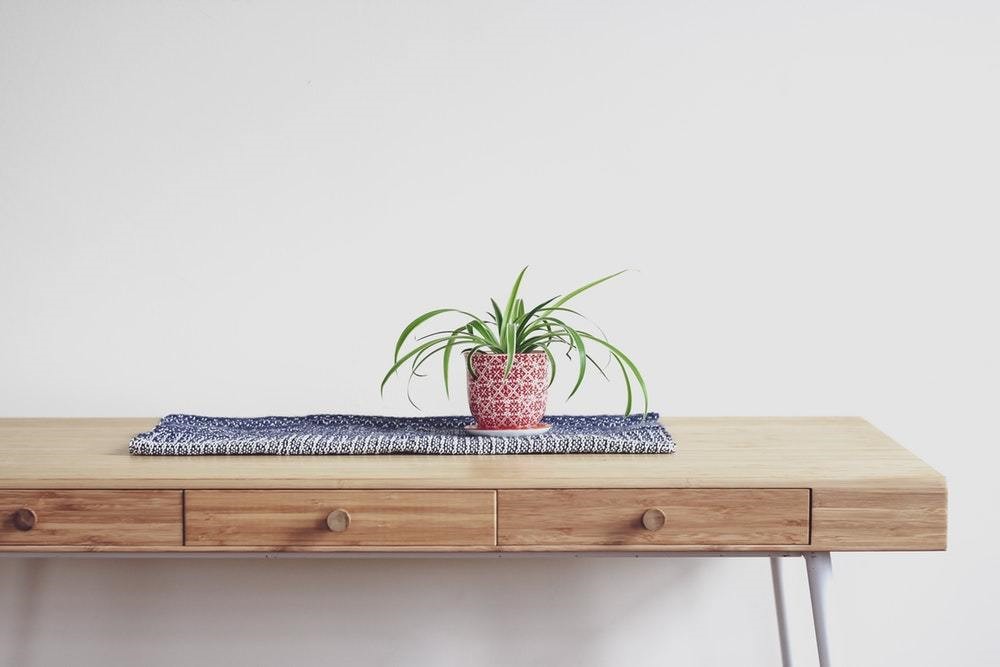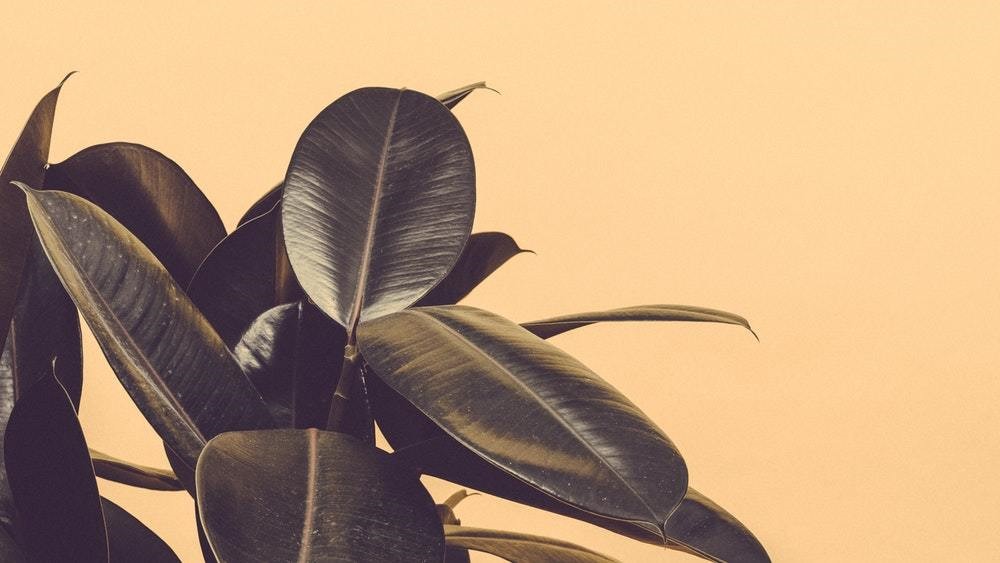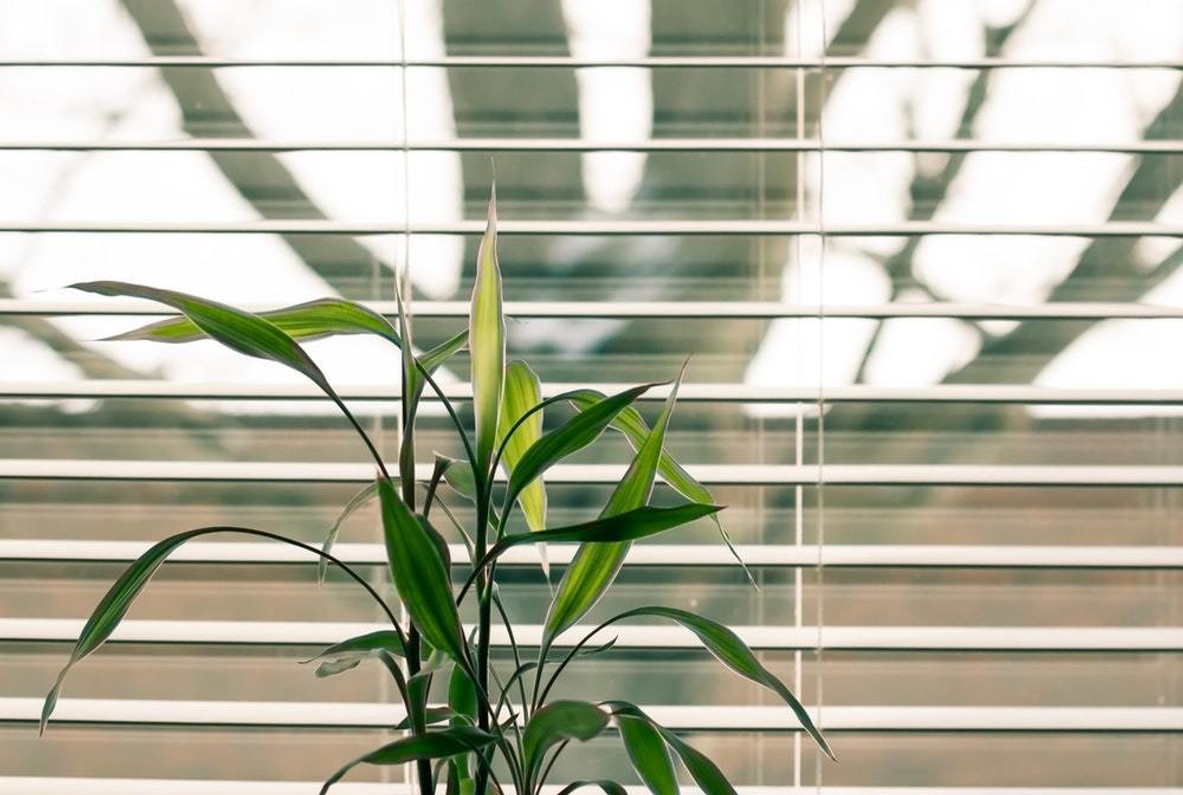7 Easy-to-Grow Houseplants For Beginners
There are many benefits of having plants embedded into our interior design. Apart from helping to fill out empty space and add texture to a design, many houseplants are known to purify the air and promote relaxation. In many cases, houseplants can also add color to an interior design, especially if it is in a colorful pot or has multi-colored leaves.
But the truth is, a good chunk of us claim to have “black thumbs.” We tend think of our so-called inability to grow plants as a hereditary trait, as if it’s something inevitable that we cannot ever change. For some, they have a suspicion that they truly do kill everything they touch as if they have a disease.
In actuality, apart from practicing caring for plants, we can opt for easy-to-grow plants in the meantime to essentially combat our “black thumbs.” While of course any plant can die if it receives too much or not enough care, with the following houseplants, you can ensure easy maintenance and a generally smooth growing experience for the most part:
1 - English Ivy
English ivy – also known as Hedera helix, European ivy, or simply ivy – is a European and western Asian native. Ivy is commonly seen climbing on older buildings. However, they also make great houseplants, especially when placed in a hanging basket or allowed to grow along the mantel to allow their long, wispy branches to stretch as they please.
For optimal growth, English ivy plants require bright light, soil that is dry between waterings, and the opportunity to climb or spread its branches. If the vines get too long for your taste, simply trim them back. However, please note that ivy is toxic to both cats and dogs.
2 - Spider Plant

If you’re wanting to add something a little bushy to your interior design, consider a spider plant. The thin, leggy leaves of the spider plant can add frilly texture to your space in no time. There are varieties of spider plants that offer dark green, lush leaves while other feature green leaves with white stripes.
Simply give your spider plant indirect light; they are pretty versatile in both shadier and brighter settings. Truly, the only way you can kill spider plants is if you leave them un-watered for a long period of time, or you overwater them to the point where they never fully dry out. You’ll know if you spider plant is underwatered if its leaves begin to curl length-wise or develop brown tips and spots. If your spider plant is overwatered, it will wilt, become very limp and weak, and have leaves that turn yellow before completely turning brown.
3 - Areca Palm
If your interior design could use both texture and height, consider opting for an Areca palm tree. Although many prefer growing palms outdoors, Areca palms can also be grown indoors. While these trees can get a whopping 15 to 20 feet in height on average, but in an appropriate-size pot, you can slightly stunt its growth to ensure it doesn’t outgrow the ceiling of your home.
While easy to grow, areca palms are intolerant to neglect. As long as you provide your palm with bright light, don’t waterlog its soil, provide it a peat-based soil for proper drainage, and possibly occasionally fertilize it, your areca palm will thrive growing indoors.
4 - Peperomia
Peperomia or radiator plants are compact, perennial plants that make great additions to smaller or busier interior designs. Peperomia is also known as baby rubber plant. Regardless of what you prefer to call it, this tropical native is very low maintenance and grows no bigger than three feet tall and 18 inches wide. Care-wise, most peperomias prefer to grow in indirect light will not too much nor too little of watering. Because they have shallow roots, they thrive best in smaller pots.
The best part about peperomias is that they significantly vary in the size, shape, and colors of their leaves. You can find traditional green or variegated peperomias. You can also find these beauties with solid red leaves or pink tips. Some peperomias feature stripes or splotches. Some peperomias’ leaves are smoother while others are veinier or even wrinkled. Surely, you can find a peperomia out there well-suited for your tastes.
5 - Calathea
As tropical American natives, calatheas look stunningly exotic when grown indoors. The wide variety of decorative patterns their leaves come in make these house plants enticing, particularly for homes that lack texture. Some may feature contrasting light and dark green colors while others might feature pale pink stripes. From variety to variety, calatheas also feature different leave shapes from narrow and long to wide and rounded.
Calatheas prefer moist – but not soggy – soil. Ensure the top two to three inches of the soil completely dries out before watering your calathea again. These plants also enjoy bright, indirect light. Placing your calathea in a north-, east-, or west-facing window is your best bet. Feed your calathea fertilizer every month in the spring and summer, and it will thrive like no other.
6 - Rubber Tree

If you’re not a fan of palms, perhaps you might be interested in adding a rubber tree to your interior design instead. While they can reach 50 feet in height, an occasional trim can ensure your rubber tree stays at an appropriate height when grown indoors. If you’re interested in giving propagation a go, you may consider taking a small branch or few off of your rubber tree and planting it in another pot with soil, hoping to encourage new root growth.
To keep your rubber tree happy and healthy, simply give it bright, indirect light that is not too hot. As for watering, keep your rubber tree fairly moist. These trees also love having their leaves spritz with water or rubbed with a damp cloth.
7 - Chinese Money Plant
The Chinese money plant or Pilea peperomioide, has a plethora of fun nicknames: the pancake plant, missionary plant, lefse plant, and the UFO plant. This flowering plant with rounded leaves is a southern China native but generally does well in homes across the globe. These plants are particularly relevant if you have a smaller space considering they typically don’t grow taller than a foot.
The maintenance of Chinese money plants is simple. There’s never really a need for pruning, and you usually don’t have to worry about transplanting it into a bigger pot as it stays fairly compact in size. Just be sure to give it well-draining soil and a pot with drainage holes. Allow it to dry out between waterings. If it gets too dry, it will let you know by drooping its leaves. Lighting-wise, give it bright, indirect light.
Conclusion
Even if you’re still not convinced that your “black thumb” is a psychological excuse you set upon yourself for avoiding plants at all costs, remember that developing a “green thumb” is about experimentation. That said, as you further gain knowledge and experience in caring for plants, start by caring for easy-to-grow houseplants.
For those who love plants with low maintenance and easy care, opt for English ivy, spider plants, areca palms, peperomia, calathea, rubber trees, or Chinese money plants. As long as you follow its preferred care instructions and have adequate lighting in your house, caring for the latter easy-to-grow houseplants will be simpler than you may ever imagine. It’s just a matter of practice and learning to understand and read the needs of each plant. No two plants have the same exact requirements.
If you need more interior or exterior design-related tips and tricks, check out the rest of our blog posts.
Recent Posts
-
Playing in the Spotlight: The Power of Piano Lights
There's something magical about playing the piano under the spotlight. The music resonates through t …15th Apr 2024 -
Choosing the Right Bathroom Lighting: Tips for Creating a Spa-Like Retreat
In the realm of home design, bathrooms often serve as sanctuaries—places where we start and end our …25th Mar 2024 -
Our Picture & Art Lights Bring Your Artwork To Life!
Art has the power to captivate, inspire, and evoke emotions. Whether you're an avid art collector or …14th Feb 2024




